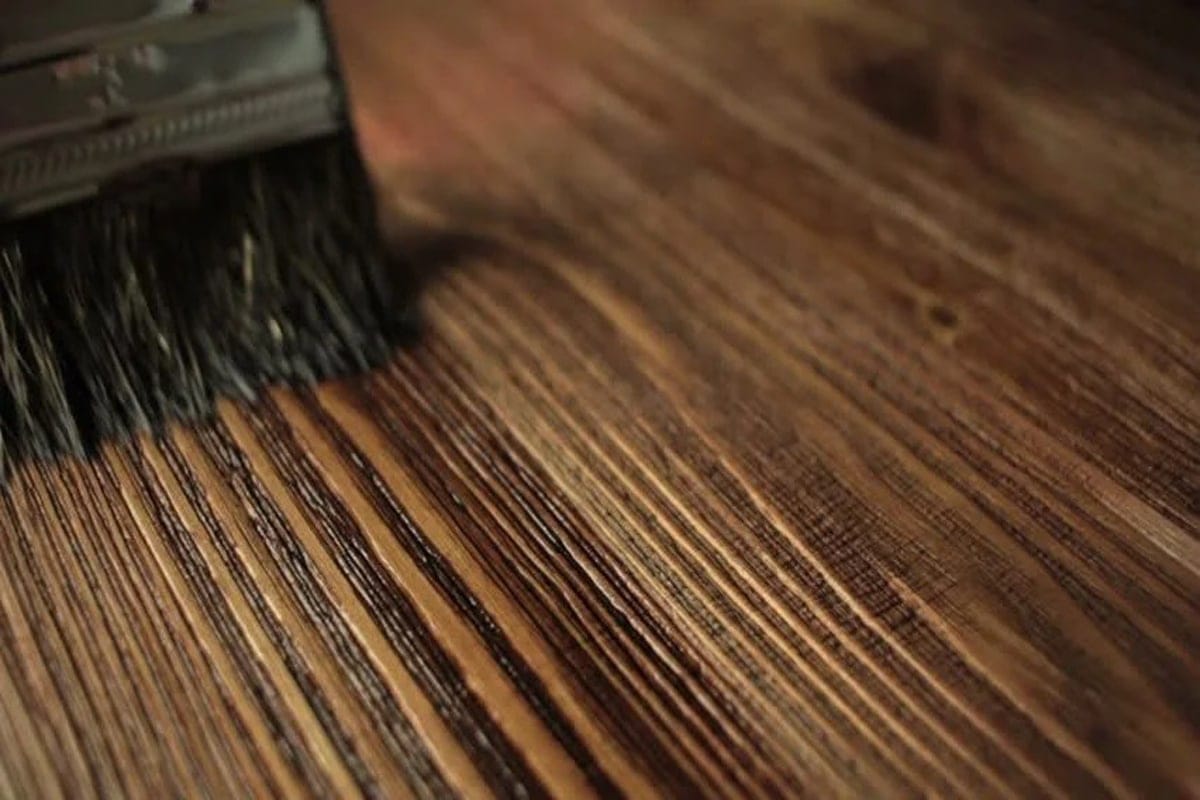Varnished or oiled wood? Which solution to choose?
A beautiful, wooden table in the dining room is undoubtedly a decoration of many arrangements. Wooden countertops look extremely impressive, but, unfortunately, there are many factors that can destroy them. Spilled coffee, broken glass, high temperature, as well as the possibility of mechanical damage – this is everyday life. It is necessary to properly protect the coatings of wooden furniture so that they please us for many years with their appearance. Varnished or oiled wood – these are two basic ways to protect wood against the influence of adverse factors.
Wood varnishing step by step
Varnishing is the application of a layer of varnish on a wooden surface. The varnish does not penetrate the wood, it only creates a coating on its outer surface. Varnished furniture is very easy to clean. In addition, the varnish protects the wood from dirt and moisture, enhances and emphasizes the natural color of the wood. It protects them from the outside, leaving a thick layer on it. However, as a result of use, the resulting scratches on the varnish can be sanded off the top layer of varnish and a new one can be applied, which significantly improves the appearance of the wooden surface. Varnished furniture has good resistance to liquids, weaker to high temperature. There are various types of varnishes available on the market: matt, semi-matt or glossy. Wood varnishing makes it beautiful, functional and durable. It should be borne in mind that over the years, the varnish may wear off. It is not recommended to repair possible damage at home. In the case of chipping or wiping the varnish in one place, it is necessary to re-paint the entire surface. Varnish is recommended for frequently used surfaces, with furniture, i.e. dining tables or office desks.

Wood oiling – everything you need to know
Oiling is the second technique of wood protection. Oiled furniture is covered with a layer of special oil, which is applied to the wood several times. The oil looks very natural, gives the effect of ‘damp wood’. It penetrates deeply into the structure of wood, making it resistant to moisture and high temperatures, but less effectively than varnish. In addition, the oil layer emphasizes the natural structure of the wood, which is noticeable when driving your hand over the countertop. Natural oil-waxes are available in matt or glossy versions, they give the wood a slightly honey shade. In addition, oiled wood enhances its color and grain. Oiled surfaces do not peel off or bulge, while allowing the wood to breathe. Undoubtedly, oiled furniture requires proper care, it is necessary to systematically renew the oil layer by applying a renovation agent at least 2-3 times a year. The scratch formed on oiled wood quickly disappears and becomes invisible. Oiling is recommended for furniture, i.e. showcases for the living room, chest of drawers, TV cabinets or alcohol barges.


